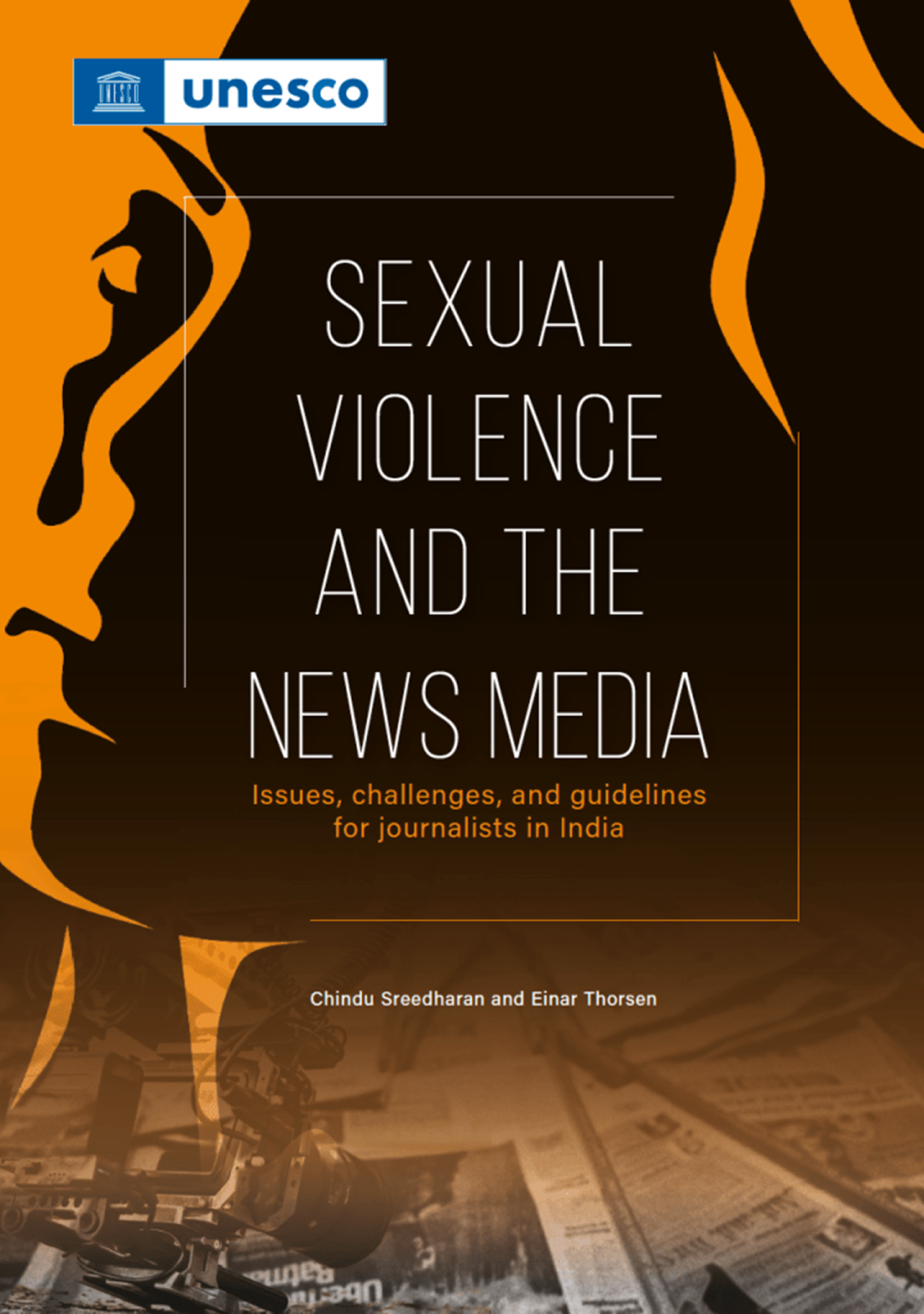Ahmedabad (Gujarat), August 12: News media outlets tend
to publish unusual cases of rape and sexual violence which involves extreme
brutality and attacks by strangers which depicts a misleading picture of sexual
violence in India. This is one of the findings of a recent report on 'Sexual
Violence and the News Media: Issues, challenges and guidelines for journalists
in India' released recently.
Other
Findings
The report stated that as many as 49 per cent of rapes
were reported from urban areas and only in 22 per cent of the articles the
incidents were located in rural areas. Also, the other factors which decided
which stories would be covered included the profile of the victim or the
perpetrator, (20.6%), law and order responses (16.7%) and the gravity of the
crime (14%).
Also, the majority of the reporting of rape and sexual
violence consisted of spot reporting focusing on the details of the attack and
lacking in context. Also, more than 50 per cent of journalists relied heavily on
police reports and sources. But, overall women journalists were less inclined
than their male counterparts to depend on police sources. Some women
journalists also mentioned experiencing gender bias from the police.
Overall, nearly 20 per cent of the journalists who were
interviewed experienced psychological challenges while reporting on sexual
violence, and 55 per cent of women journalists reported workplace sexual
harassment or violence mostly by their seniors or someone in authority over
them.
Other findings were: Only in 2.2 per cent cases was there overt
victim-blaming but on the other hand, very little attempt was made to provide a
voice, direct or otherwise, to the victim.
Interestingly, while reporting on sexual violence, only
19.5 per cent of journalists used the term ‘rape’ in their news reporting while
51 per cent tended to use euphemisms instead.
The majority of journalists, as many as 78 per cent felt
responsible for effecting change in relation to sexual violence. Despite this,
very few stories, just below seven per cent focused on solutions.
Based on the findings, the UNESCO report presents seven
national and 10 organisational recommendations. It concludes by offering
guidelines that individual journalists and media houses can adapt to suit their
news routines.
About
the report
This report presents the findings of news reporting of
sexual violence in India. It did a comparative content analysis of 10 newspapers
in six languages and semi-structured interviews of 257 journalists in 14
languages. The report has been done by UNESCO along with Media Action Against
Rape (MAAR) and done by Dr Chindu Sreedharan, Associate Professor of Journalism
at Bournemouth University, United Kingdom and Professor Einar Thorsen, Executive
Dean of the Faculty of Media and Communication at Bournemouth University,
United Kingdom.
It also provides insights into the routines journalists
follow and the challenges they face when they cover sexual violence. The study
found that 20 per cent of journalists experienced distress while reporting on
sexual violence, which was more pronounced in women journalists.
Women journalists
Women
journalists, in particular, faced harassment while reporting on sexual violence.
The study identified three areas where they were vulnerable while news
gathering- from bystanders, during interactions with police officers and when
dealing with elite sources.
Editorial guidelines lacking
Not so surprising was the finding that there was a lack of editorial guidelines across newsrooms in India about reporting on sexual violence. Only 13 per cent of respondents had access to written guidelines while 14 per cent said they did not have any type of guidelines at all.

